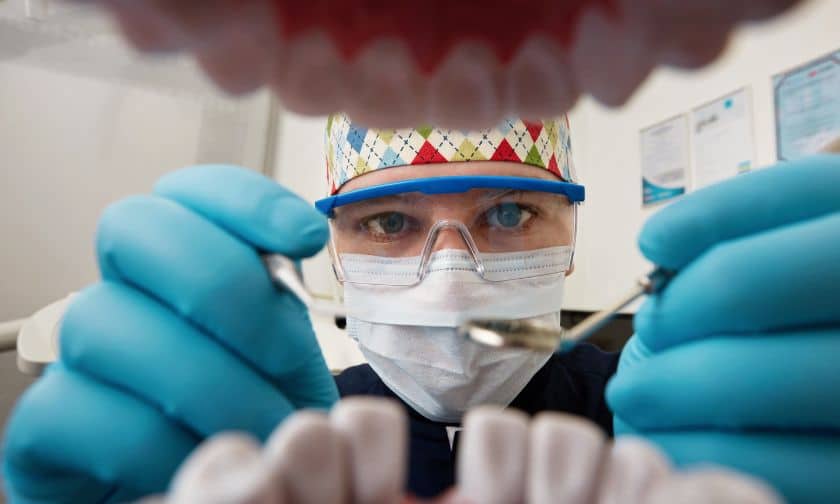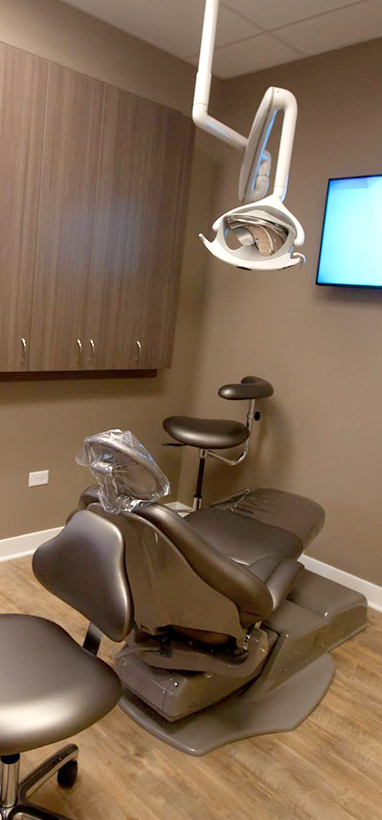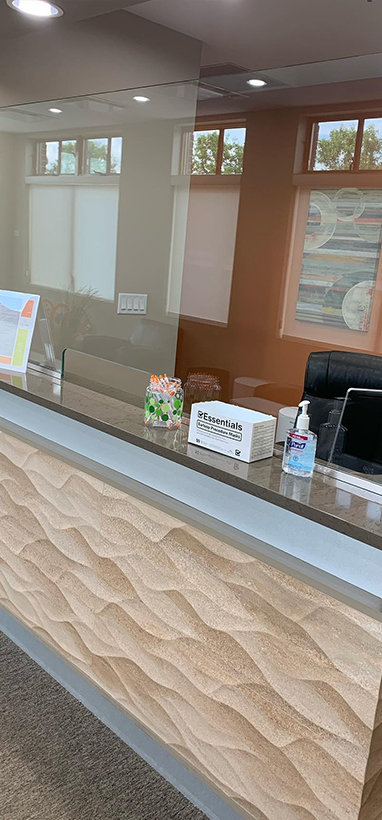1516 Legacy Cir, Naperville, IL 60563
Restoring Dental Health: Know All About Bone Graft Procedure

A healthy smile reflects overall well-being and dental health plays a crucial role in achieving it. When it comes to dental procedures, bone grafting stands out as an excellent solution that promotes the restoration and regeneration of damaged or missing bone tissue.
Whether you’re planning for dental implants, treating gum disease, or correcting jaw deformities, bone grafting plays a pivotal role in ensuring successful outcomes.
This blog will delve into the world of bone graft, exploring its benefits, the procedure itself, and the various types of grafts available. Keep reading to learn how this revolutionary technique has transformed the field of dentistry and who can select this procedure.
Source: Teeth Talk Girl
What is Bone Graft?
It is a dental technique that involves the transplantation of bone tissue to repair or regenerate damaged or missing bone. During the bone graft procedure, the dentist or oral surgeon carefully prepares the graft site, often by removing a small piece of bone from another area of the patient’s body or using pre-packaged bone graft material. The graft is then placed at the targeted site, serving as a scaffold for new bone growth. Over time, the body incorporates the graft, stimulating new bone cell growth and restoring the affected area’s structural integrity. This procedure is vital in various dental treatments, ensuring successful outcomes and improved oral health.
Types of Bone Grafts: Exploring Your Options
There are several types of bone grafts that dentists use to promote the regeneration of bone tissue and restore dental health. Here are some of the most common graft types:
Autografts- This type of graft involves taking bone tissue from another area of the patient’s body, such as the hip or chin, and transplanting it to the site where new bone growth is needed. Autografts are considered the gold standard because they have a high success rate and don’t carry a risk of disease transmission.
Allografts- These grafts use bone tissue from a human donor, usually obtained from a bone bank. This type of graft is a good option for patients who don’t have suitable bone tissue available for an autograft.
Xenografts- Xenografts use bone tissue from an animal donor, such as a cow or pig. The tissue is specially treated to reduce the risk of rejection and disease transmission. This type of graft is a good option for patients who can’t tolerate an allograft.
Synthetic- These grafts use bone-like materials from ceramics, polymers, or other substances. They have to mimic the properties of natural bone tissue and promote the growth of new bone cells.
The type of bone graft used depends on various factors, such as the location and size of the defect, the patient’s medical history, and the dentist’s expertise. Furthermore, discussing the options with your dentist can help you decide the best type of bone graft for your dental restoration.
Who is an Ideal Candidate for a Bone Graft?
An ideal candidate for a bone graft procedure typically exhibits the following characteristics:
- Missing teeth or significant tooth decay leading to bone loss in the jaw
- Undergoing dental implant placement to replace missing teeth
- Gum disease (periodontitis) resulting in bone loss around the teeth
- Traumatic injuries or fractures causing bone damage
- Congenital disabilities or developmental abnormalities affecting the jawbone structure
- Requiring jaw reconstruction due to tumor removal or other medical conditions
- History of failed dental implants due to inadequate bone support
- Desire to improve their aesthetics and restore facial proportions affected by bone loss
Note that each case is unique, and an assessment by a dental professional is necessary to determine if a bone graft is an appropriate solution for the individual patient.
In dental care, bone grafting has emerged as a game-changer, revolutionizing how we address oral health issues. By harnessing the body’s regenerative capabilities, grafting facilitates the restoration of damaged or missing bone tissue, providing a solid foundation for further dental treatments.
Understanding the basics of bone grafts, the types of grafts available, and the procedure empowers patients to make informed decisions regarding their oral health. With its transformative benefits, bone grafting paves the way for countless individuals to regain their smiles, functionality, and self-confidence.
Schedule an appointment with your dental professional and embark on a journey towards a healthier and more radiant smile today!








